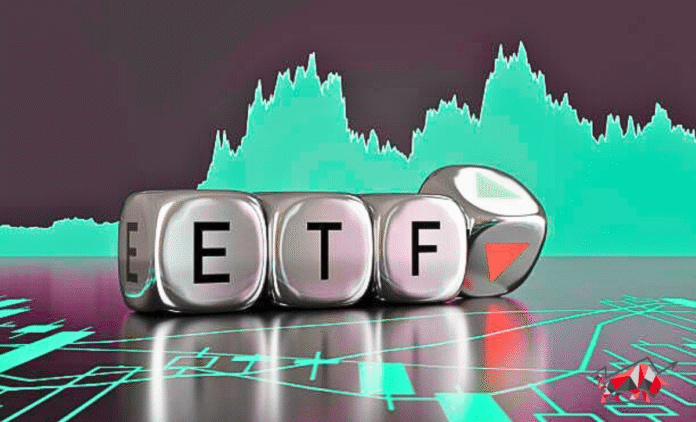A recent report by the Financial Times highlights a growing concern in the investment community: many exchange-traded funds (ETFs) labeled as “actively managed” are, in practice, closely tracking benchmark indices with minimal deviation. This phenomenon, often referred to as “shy active” management, raises questions about transparency and value for investors.
The Rise of ‘Shy Active’ ETFs
According to a survey conducted by Carne Group, a significant 88% of wealth managers and institutional investors believe that these so-called active ETFs fail to deliver genuine active management. Instead of employing distinct investment strategies, many of these funds make only slight adjustments to their underlying benchmarks, offering little differentiation from passive index-tracking funds.
Patrick O’Brien, head of business development for Ireland at Carne, emphasizes the importance of transparency in fund strategies. He warns that investors may be misled by the active label, expecting a level of management that isn’t truly present.
Regulatory Challenges in Europe
One factor contributing to the prevalence of shy active ETFs in Europe is the regulatory requirement for daily portfolio disclosures. This level of transparency deters fund managers from launching truly active ETFs, as it risks revealing proprietary investment strategies to competitors.
However, recent developments in Luxembourg and Ireland aim to address this issue. Both countries have introduced semi-transparent fund structures, allowing managers to withhold full portfolio details for a certain period. This change is expected to encourage the launch of genuinely active ETFs by protecting the intellectual property of fund managers.
Market Dynamics and Investor Awareness
The active ETF market is still in its early stages, particularly in Europe. While the U.S. has seen active ETFs account for a significant portion of net inflows, Europe’s growth has been more modest. Nevertheless, the introduction of semi-transparent structures could catalyze further development.
Kenneth Lamont, principal of research at Morningstar, notes that active ETFs exist on a spectrum. Some funds are benchmark-aware, making minor adjustments, while others pursue more distinct strategies. The key is clear communication with investors about the fund’s approach and objectives.
James McManus, chief investment officer of Nutmeg, acknowledges concerns about closet trackers but argues that low tracking error ETFs can still play a valuable role in diversified portfolios. He emphasizes the importance of transparency regarding tracking errors and performance targets.
Conclusion
The emergence of shy active ETFs underscores the need for greater transparency and clarity in the investment industry. As regulatory environments evolve and new structures are introduced, investors must remain vigilant, ensuring they understand the true nature of the funds they invest in. Only through informed decision-making can investors align their portfolios with their financial goals and expectations.


